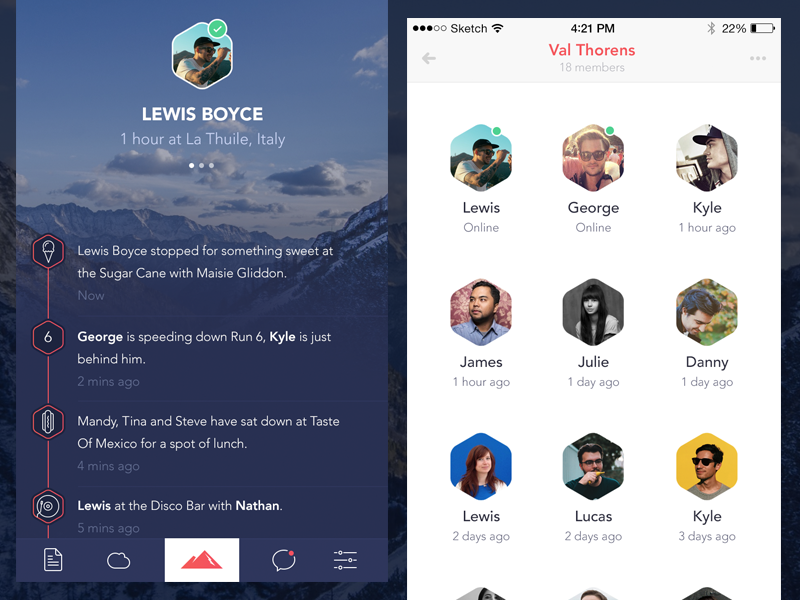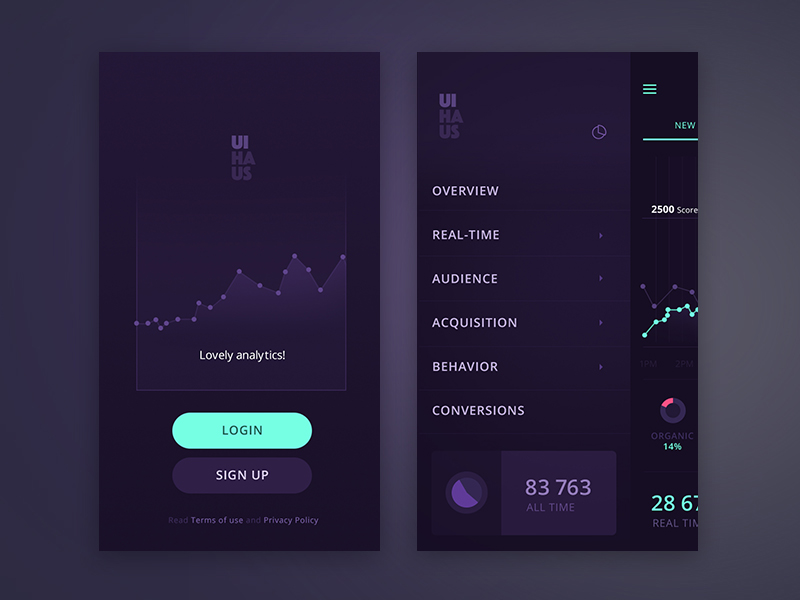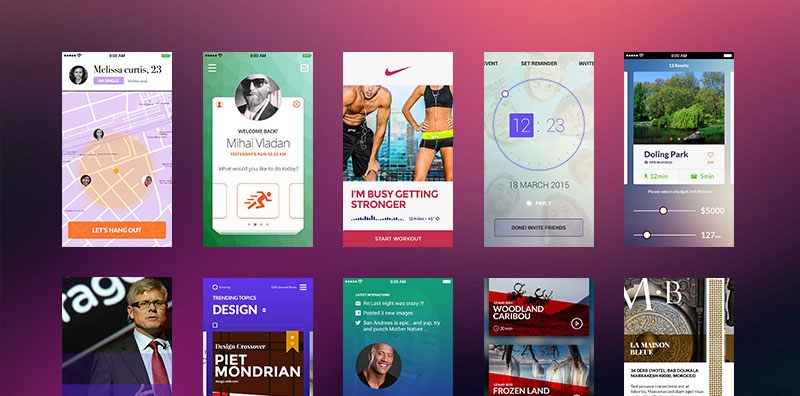In 2008, the evolution of mobile design experienced exponential growth as Apple introduced the iPhone to the cellular market. Advanced mobile hardware and a stable consumer environment sparked interest in what was previously uncharted territory.
In addition to an increasing demand for mobile applications to be made available for purchase surfaced the importance of quality in these designs. Positive user experience through the use of powerful apps was of utmost importance to developmental designers.
The development and design of mobile applications have since become a normal profession among the tech-savvy, with opportunities to design apps for iOS or Android also extending to the ambitious everyday phone user. There are several imperative steps to take for those looking to hop on the design wagon.
Creating a Good Design

When it comes to ensuring the success of a mobile app design project, having good skills in the trade is not sufficient on its own. A thorough understanding of what a client has in mind is crucial to satisfactory experience for the customer and a surefire way to deliver the best of your abilities.
Clear, consistent communication with a client through the entirety of the project will ultimately construct a harmonious relationship between the two of you. In this situation, there is no better knowledge to arm yourself with than the tools and strategies that will prevent a potential miscommunication mishap.
A design brief is a document intended to achieve such prevention. Acting as a solid foundation on which to build your project, a brief brings clarity and understanding to the task at hand. Though preparing such a document can be time-consuming and tedious, such focus forces the client and designer to be on the same page. The brief acts as an outline of the future collaboration, putting the client at ease and the designer to work.
Expect your design briefs to mold and change as new ideas for the app surface. Ideally, it should be treated as a tool to refer back to when certain requirements need to be clarified or validated as the project progresses.
Know Your Market
Image source: Zan Ilic
The best way to immerse yourself in the market is, quite simply, to be a smartphone owner. Consistent usage of phone applications familiarizes one with the market and the environment.
Understanding basic functions of a wide variety of apps is a necessary precursor to becoming a designer. Put your focus on iOS and Android. These are the two most commonly designed for platforms.
Apps on desktops hugely differ from those being developed on a mobile device. The context of an app can deeply affect the purpose and specifics of its usage.
For example, if you’re creating a restaurant guide, you’ll want to develop a search engine that delivers results relevant to the keywords used and in the least amount of time.
In such a case, the user could possibly be on the move, looking for a quick recommendation. The possibilities for innovation are endless in mobile development. As an app designer, you should always be personally testing the latest applications in your field of interest, as well as staying up to date on the new apps getting released.
Be Creative, Not Complicated
Image source: Daria
In a world where consumers are constantly looking for something new and fresh, innovative ideas prove to be highly valuable. The key is to be innovative without interfering with user-interface, or user-friendliness. Certain universal smartphone ideas are not intended to be changed and can discourage people from wanting to download your creation.
Drawing the innovative line is the key to striking a balance between excitingly new and unrecognizable.
Visual Inspiration
Image source: Mihai Vladan
The mobile environment is full of change and evolution—a factor of constant experimentation and innovation. At any given moment, there are a wide variety of apps are in the throes of creation for the average smartphone user, ranging from reading apps, to photo sharing, productivity aides and to-do lists. A fundamental commonality throughout the variety of functions is the attempt to attach a distinct visual style or tone, depending on the objective and context of the app.
Mobile designs often thrive as a result of their perfectly coinciding visual representation. A user’s desire to find something new and exciting again plays an important role in the stages of design.
Visual aspects need to be kept up to date with new interfaces, new patterns among cellular manufacturers and new mobile styles. Analyzing and keeping track of upcoming designs can give you a foot up on the competition, sparking your creative side for personal projects.
Conclusion
The importance of a design brief equates that of a guide of clarification, a bridge of understanding between the client and the app creator, and should be treated with the utmost care and dedication. It’s a technique that should be adopted to ensure a positive experience.
Remember to choose to work with the platform, design software and template of your preference. The iPhone and Android are highly recommended to help easily inspire personal creativity.
Finally, upon finishing your product, try to work as closely with the app developer as possible. Developers are tasked with the power of bringing your vision to life. It is crucial to know your vision inside and out in the event that you need to help guide or assist. Development can be a boring job, but it is vital to producing a final product that matches the vision you had when you started out.
Credit for featured image: Vasjen Katro






